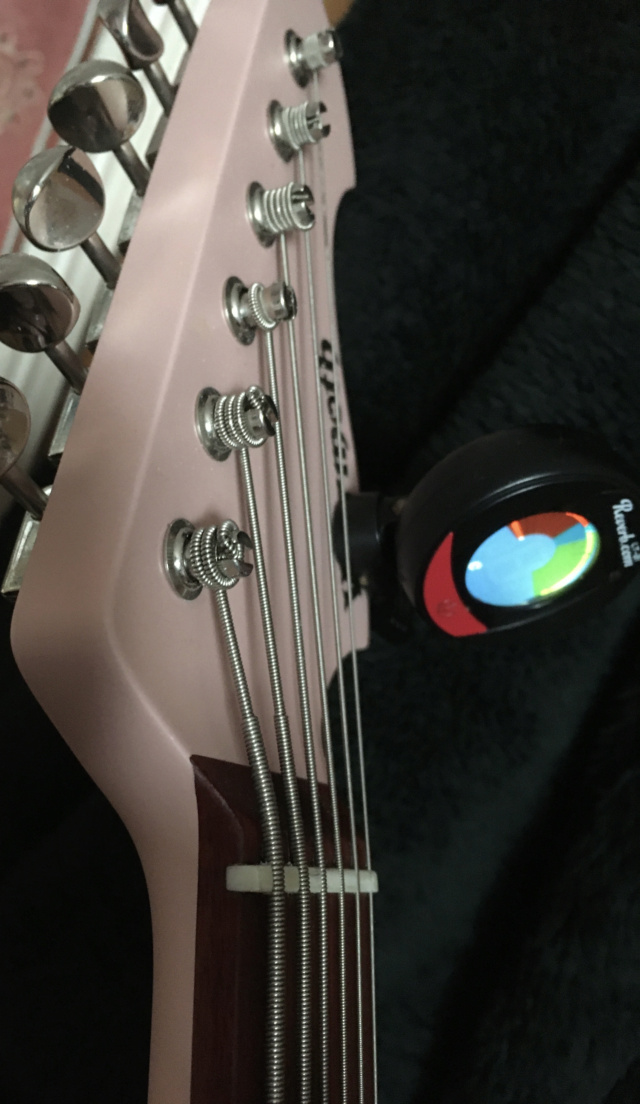Skinny88
Newbie
- Messages
- 4
Hey guys,
Been lurking and researching a guitar build for a while. Been playing with warmoths guitar builders for the past few years and think its about time I start it up.
The goal is to build a hardtail Baritone strat, tuned to drop F# and if you guys could help me with a few answers to some questions it would be greatly appreciated.
To anyone who has a string through guitar body and likes to tune low, what is the largest string gauge that you've fit through a ferrule and body of a guitar?
Using string tension calculators I'd be going for a 74 for the low F# and if the ferrule/hole is too small perhaps i can ask warmoth to or rout the hole a little thicker myself and put in bass body ferrules.
Has anyone here managed to find some decent locking tuners that can accomodate said 74 string? Google hasn't been much help and warmoth informed me they don't stock any tuners capable of handling that thickness.
Thanx guys
Been lurking and researching a guitar build for a while. Been playing with warmoths guitar builders for the past few years and think its about time I start it up.
The goal is to build a hardtail Baritone strat, tuned to drop F# and if you guys could help me with a few answers to some questions it would be greatly appreciated.
To anyone who has a string through guitar body and likes to tune low, what is the largest string gauge that you've fit through a ferrule and body of a guitar?
Using string tension calculators I'd be going for a 74 for the low F# and if the ferrule/hole is too small perhaps i can ask warmoth to or rout the hole a little thicker myself and put in bass body ferrules.
Has anyone here managed to find some decent locking tuners that can accomodate said 74 string? Google hasn't been much help and warmoth informed me they don't stock any tuners capable of handling that thickness.
Thanx guys




